An Aircraft Mechanical Assembler works with aircraft mechanical components and materials and is involved in the repair, installation, modification and inspection of these components and materials. Aircraft Mechanical Assemblers install pre-fabricated parts to manufacture fixed or rotary wing aircraft or aircraft subassemblies. Assemblers will need skills in systems integration, including the use of robotics, optical and laser based jigs and tools. This Occupational Standard lists all of the tasks which an Aircraft Mechanical Assembler should be able to perform anywhere in Canada. However, different employers in various parts of the country may work in a more specialized area of the occupation.
The Aircraft Mechanical Assembler is thoroughly familiar with safe work practices and the rules and regulations affecting his/her work and workplace. The Aircraft Mechanical Assembler is involved in the set-up and operation of tools and equipment, as well as some semi-automatic processes. The Aircraft Mechanical Assembler should possess a high level of manual dexterity and a strong interest in aircraft mechanical components. The individual must be able to work with others cooperatively and follow directives precisely.
Certification Requirements
To qualify for certification with CCAA, the applicant must possess the necessary knowledge and skills and have successfully performed the required mandatory tasks and sub-tasks within the logbook. All twenty-five (25) specified mandatory tasks and at least ten (10) or 40% of the remaining tasks must be completed.
In addition, the applicant must have a minimum of twenty-four (24) months full time experience in the occupation.
The tasks in the logbook were made as generic as possible to accommodate the largest amount of work environments and equipment / tools but do not necessarily cover all tasks performed by individuals.
Tasks Common to Most Aircraft Mechanical Assemblers
(note that sub-tasks for each task are not shown below)
Block A — Safety
Task 1 – Demonstrates Safe Working Practices
Block B — Technical Drawings and Information Interpretation
Task 2 – Reads and Interprets Technical Drawings and Information
Block C — Assembly
Task 3 – Prepares Materials and Equipment for Assembly
Task 4 – Selects and Uses Tools, Hardware and Materials
Task 5 – Installs Airframe Parts and Components
Task 6 – Installs Propulsion Parts and Components
Task 7 – Installs System Parts and Components
Block D — Follow-Up
Task 8 – Performs Post-Assembly Inspections
Block E – Re-Work
Block F – Repairs and/or Re-works an Assembly
